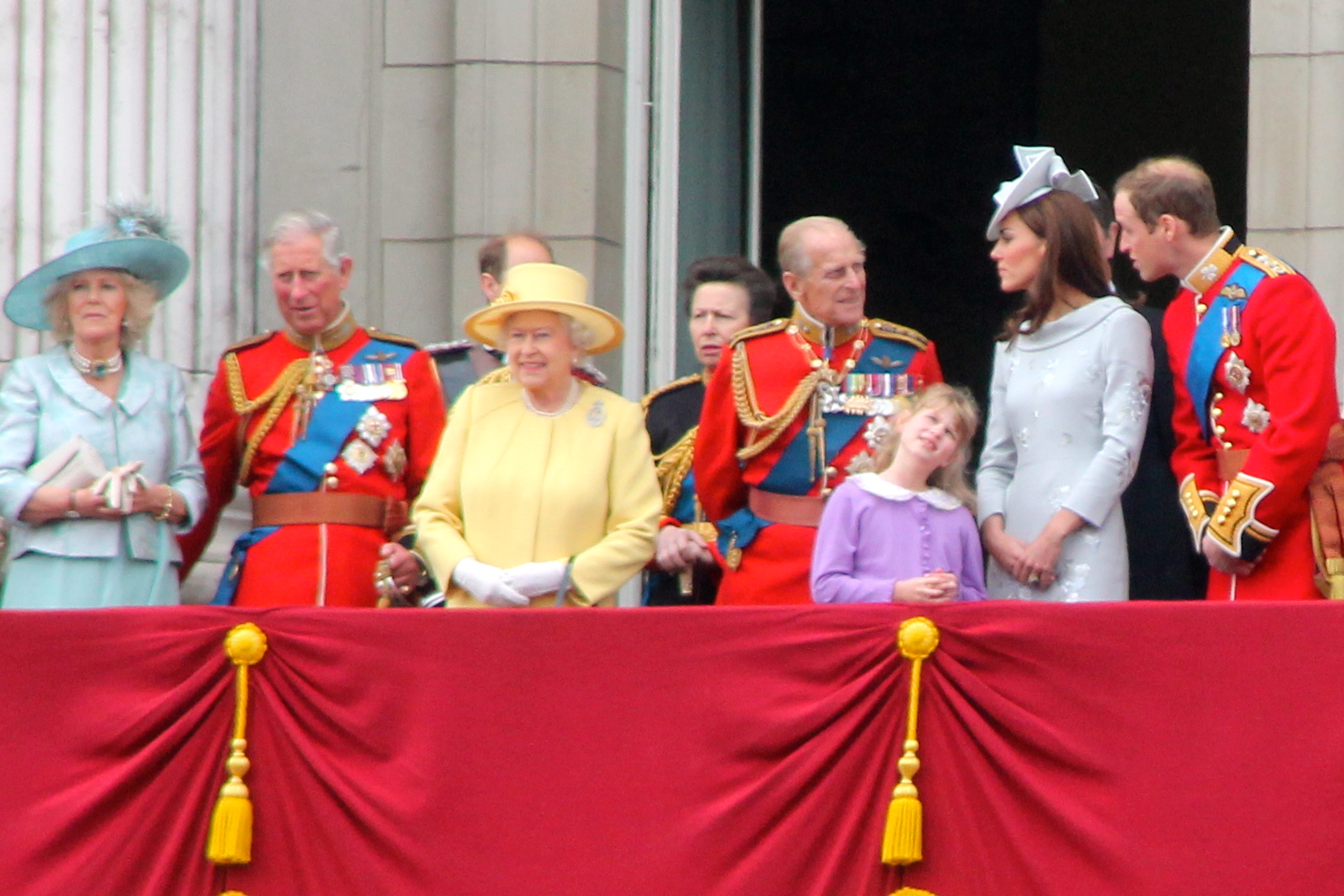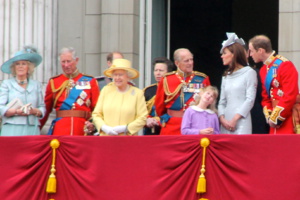Historically, the British were made aware of the important news from their rulers by heralds and the newspapers, but, until recently, many of the royal life’s details remained closed to the public information. The gradual popularization of the British royal family started in the XIX century (when a stream of villagers gravitated into London) and intensified between the First and Second World Wars.
During this period, the ruinous custom, according to which the first families of the kingdom weekly organized lavish receptions for the royal family, gradually faded away, and upper-class British society began to contact with the monarchs there, where citizens have access easier. These were the major sporting events - Wimbledon, Royal Ascot horse racing and the like. The differences between social classes are still identified there, yet in some cases they are erased completely. For example, in 2005 after the wedding of Prince Charles and Camilla Parker-Bowles, many guests in tailcoats and top hats set off to have a meal at the Bistro Café Rouge at Windsor train station.
Today, Elizabeth II, in the words of John Ballmer researchers studying "Monarchist brands," is not just the queen of the United Kingdom and its Overseas Territories, but "16 queens in one person." It is the global reach of the British monarchy and the way it is expressed in a consumer culture that distinguishes it from other royal families. Other monarchies are not sold at all, or are sold not as intense. In Thailand, the law prohibits unflattering comments about the royal family, so the local souvenir sellers are at risk when selling funny mugs with images of the monarch. In Oslo, shops in the vicinity of the royal palace sell souvenirs with moose, reindeers, Vikings, Lapland – but not Harald V. Madrid trades football, bulls and flamenco - but not the face of Philip VI.
In the UK, you can buy a monarchy for every taste and size - from tea spoons and key rings to refrigerators with a full-size image of Prince William and Kate Middleton.
In addition to the buzz around the British royal family on special occasions - the birth of Prince George in 2013, visits of William and Kate in Australia, New Zealand and the United States - there are constant reminders: Queen Elizabeth Land in Antarctica, the garden of Queen Elizabeth II in memory of the 11 September 2001 Manhattan, statues of the queen here and there.
Many argue that the royal family is a powerful incentive for tourists. In fact, it is very difficult to properly assess whether this is true. According to the former economic BBC correspondent Evan Davis, only 10% of tourists travel to the UK because of the interest in the monarchy. However, the royal family and the court marketers regularly find new ways to heat demand for the monarchy. It was Queen Elizabeth in 1993 who decided to open her residence, Buckingham Palace, to the public. In 2013, it was called the main attraction of foreign tourists, which can be seen "in the UK alone." In 2012, during the opening ceremony of the Olympic Games in London, 900 million people saw the parody video, with "James Bond", performed by Daniel Craig, Her Majesty Elizabeth II, who played herself.
source: theatlantic.com
During this period, the ruinous custom, according to which the first families of the kingdom weekly organized lavish receptions for the royal family, gradually faded away, and upper-class British society began to contact with the monarchs there, where citizens have access easier. These were the major sporting events - Wimbledon, Royal Ascot horse racing and the like. The differences between social classes are still identified there, yet in some cases they are erased completely. For example, in 2005 after the wedding of Prince Charles and Camilla Parker-Bowles, many guests in tailcoats and top hats set off to have a meal at the Bistro Café Rouge at Windsor train station.
Today, Elizabeth II, in the words of John Ballmer researchers studying "Monarchist brands," is not just the queen of the United Kingdom and its Overseas Territories, but "16 queens in one person." It is the global reach of the British monarchy and the way it is expressed in a consumer culture that distinguishes it from other royal families. Other monarchies are not sold at all, or are sold not as intense. In Thailand, the law prohibits unflattering comments about the royal family, so the local souvenir sellers are at risk when selling funny mugs with images of the monarch. In Oslo, shops in the vicinity of the royal palace sell souvenirs with moose, reindeers, Vikings, Lapland – but not Harald V. Madrid trades football, bulls and flamenco - but not the face of Philip VI.
In the UK, you can buy a monarchy for every taste and size - from tea spoons and key rings to refrigerators with a full-size image of Prince William and Kate Middleton.
In addition to the buzz around the British royal family on special occasions - the birth of Prince George in 2013, visits of William and Kate in Australia, New Zealand and the United States - there are constant reminders: Queen Elizabeth Land in Antarctica, the garden of Queen Elizabeth II in memory of the 11 September 2001 Manhattan, statues of the queen here and there.
Many argue that the royal family is a powerful incentive for tourists. In fact, it is very difficult to properly assess whether this is true. According to the former economic BBC correspondent Evan Davis, only 10% of tourists travel to the UK because of the interest in the monarchy. However, the royal family and the court marketers regularly find new ways to heat demand for the monarchy. It was Queen Elizabeth in 1993 who decided to open her residence, Buckingham Palace, to the public. In 2013, it was called the main attraction of foreign tourists, which can be seen "in the UK alone." In 2012, during the opening ceremony of the Olympic Games in London, 900 million people saw the parody video, with "James Bond", performed by Daniel Craig, Her Majesty Elizabeth II, who played herself.
source: theatlantic.com






